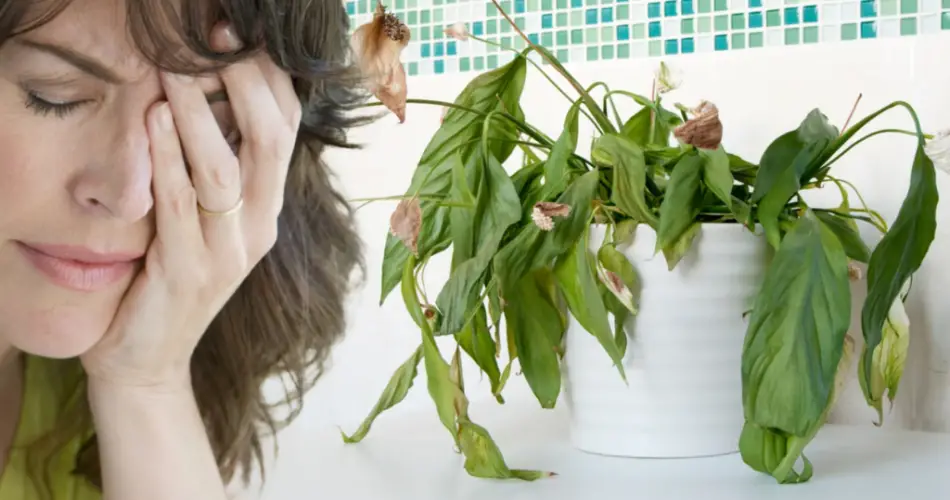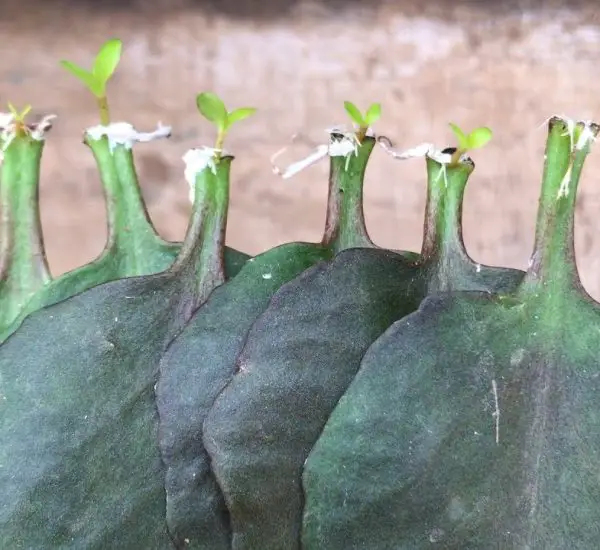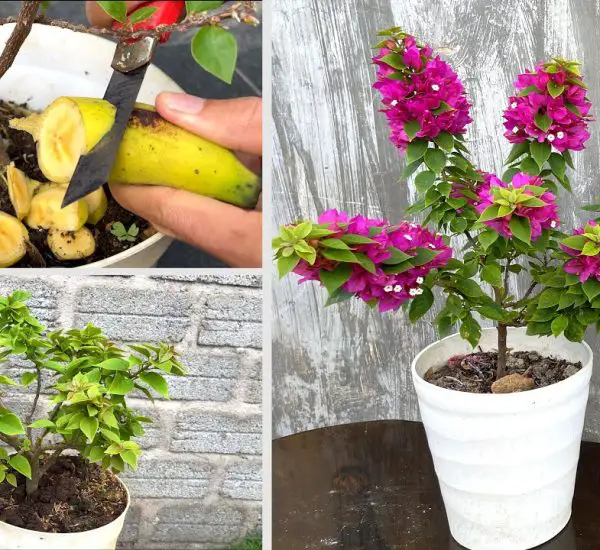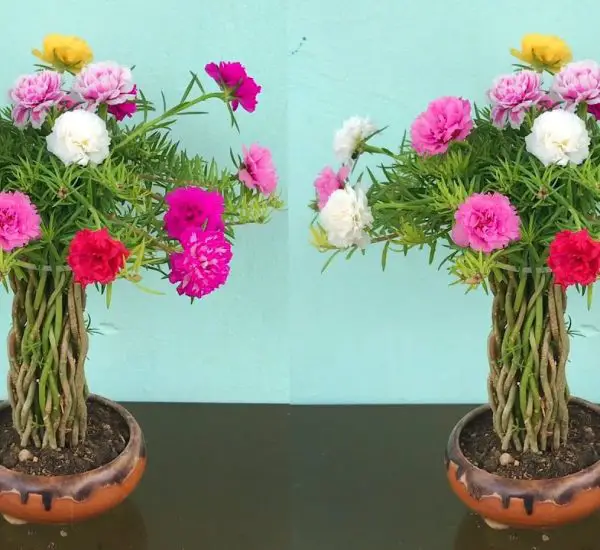Winter poses a significant challenge for indoor plants, and some may struggle to survive. Here’s what you can do to ensure your indoor flowers thrive through the colder months.
Why do plants decline?
Before bringing a new plant home, it’s crucial to understand its care needs. Immediately repot it in fresh soil, choose an appropriate pot size, find the right location with adequate lighting, and establish a watering schedule.
Lighting is critical. In winter, days are shorter, so supplement natural light with additional lighting sources tailored to each plant’s needs. Insufficient light causes plants to become leggy and pale, while excessive light can stunt growth and lead to leaf drop.
Hydration is key. Water plants weekly during winter, ensuring the soil remains evenly moist but not waterlogged.
Choose the right pot size. A pot that’s too large can cause soil to become waterlogged and lead to root rot, ultimately killing the plant. Ensure roots fill the pot without being cramped.
Monitor humidity. If leaf tips are browning, relocate plants away from heat sources like radiators. Hanging wet towels on radiators helps maintain humidity.
Fertilize wisely. Only feed plants that are actively growing or preparing to bloom. Fertilize every two months during winter to support healthy growth.
Understand dormancy. Most plants enter a dormant phase in winter, requiring less water and nutrients.
Watch for pests and diseases. Regularly inspect plants for signs of pests like whiteflies, spider mites, aphids, and mealybugs, as well as diseases such as powdery mildew and fungal infections. Isolate affected plants, diagnose the issue, and take appropriate action.
By addressing these factors, you can help your indoor plants not only survive but thrive throughout the winter months.



